All Categories
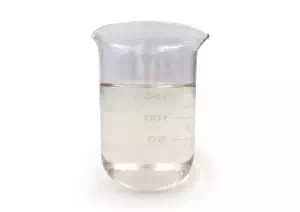
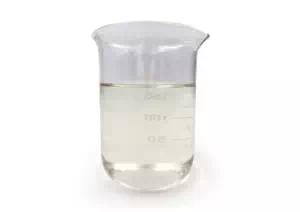
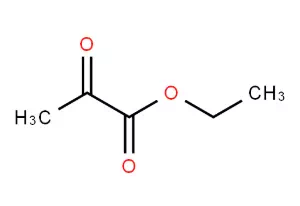
Ethyl pyruvate CAS 617-35-6 C5H8O3
Ethyl pyruvate is an organic ester compound with a chemical formula of C₅H₈O₃. It is a colorless and transparent liquid at room temperature and is formed by the esterification of pyruvic acid and ethanol. It has a fruity, caramel and slightly sour aroma, and is an important flavor enhancer and functional ingredient in the flavor and fragrance industry.
CAS : 617-35-6
Formula : C5H8O3
Mol. wt. : 116.12
EINECS : 210-511-2
| Chemical Name | Ethyl pyruvate |
| CAS | 617-35-6 |
| EINECS | 210-511-2 |
| Molecular Formula | C5H8O3 |
| Molecular Weight | 116.12 |
| Spice Type | Synthetic fragrance |
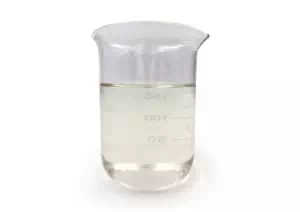
Ethyl Pyruvate is an organic ester compound with a chemical formula of C₅H₈O₃, which is formed by the esterification of pyruvic acid and ethanol. It has a fruity, caramel and slightly sour aroma, and is an important flavor enhancer and functional ingredient in the flavor and fragrance industry.
I. Flavor and fragrance industry
Fruit and caramel flavor:
Food flavors: simulate the sweet and sour aroma of ripe fruits (such as strawberries and pineapples), or used in caramel and cream flavored baking flavors to enhance the layering.
Beverage blending: used in juices, carbonated beverages, and dairy products (such as yogurt) to enhance the authenticity of natural fruity aromas.
Alcoholic flavors:
As a flavor precursor in alcoholic beverages (such as rum and whiskey), it releases complex aromas through oxidation or transesterification reactions.
Daily chemical flavors:
A small amount is used in soap flavors or detergents to provide a fresh fruity base tone and balance the stimulation of other ingredients.
II. Food Industry
Food additives (must comply with food safety standards)
Flavor enhancer: Enhance fruity or caramel flavor in sauces, candies, and ice cream, usually at a dosage of 10–100 ppm.
Antioxidant adjuvant: Works with phenolic antioxidants (such as BHA, BHT) to delay lipid oxidation (by scavenging free radicals).
Processed meat:
Inhibits lipid peroxidation, extends shelf life, and imparts a slight smoky aroma.
III. Pharmaceuticals and biotechnology
Pharmaceutical intermediates:
As a precursor for the synthesis of anti-inflammatory drugs (such as pyruvic acid derivatives), or for the preparation of amino acid compounds.
Cytoprotectants:
In laboratory studies, ethyl pyruvate can reduce cellular oxidative stress and has the potential to be used in organ preservation fluids or anti-shock therapy (still in the experimental stage).
IV. Industrial and chemical synthesis
Solvents and reaction media:
As a polar solvent used in the coatings and ink industries, or as a medium for ester exchange reactions in organic synthesis.
Polymer materials:
Participate in the synthesis of biodegradable polymers (such as polypyruvate) for environmentally friendly packaging materials.
Precautions for use
Stability optimization:
Need to be stored away from light and at low temperature. It is recommended to add antioxidants (such as vitamin E) to extend the shelf life.
Formula compatibility:
Pairing with aldehydes (such as vanillin) can enhance the caramel aroma; avoid contact with strong acids, strong alkalis or high humidity environments.
Concentration control:
Excessive use in food may produce unpleasant rancid taste, and the optimal addition amount needs to be determined through sensory testing.
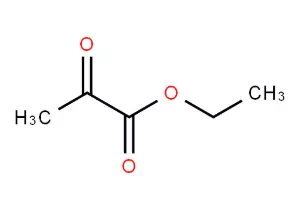
| Melting point | -58 °C |
| Boiling point | 144 °C |
| Density | 1.045 g/mL at 25 °C |
| FEMA | 2457 | ETHYL PYRUVATE |
| Storage | Store at +2°C to +8°C. |
| Water solubility | Miscible with water, ethanol and ether. |
| LogP | 0.435 at 22.5℃ |
* Prompt reply and 24 hours online, professional team to provide best price and high quality product.
* Sample testing support.
* Every batch of products will be tested to ensureits quality.
*The packing also can be according the customers` requirment.
*Any inquiries will be replied within 24 hours.
*we provide Commerical Invoice, Packing List, Bill of loading, COA , Health certificate and Origin certificate. If your markets have any special requirements, let us know.